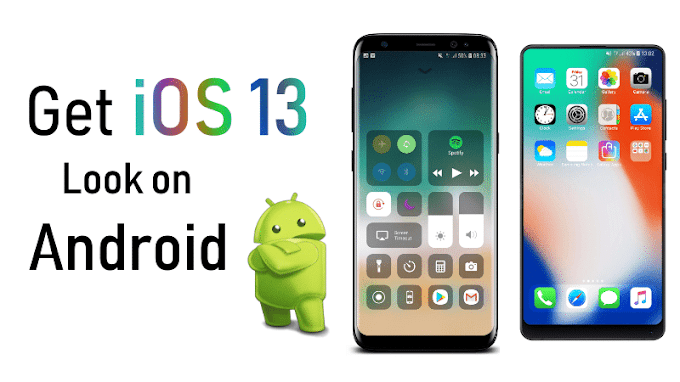Motorola Looking To Develop Smartphones That Can Self-Heal Its Cracked Screen
Motorola has filed a patent for a smartphone screen that can heal itself
A cracked or shattered smartphone screen is definitely not good news or sight for owners who have butterfingers. What is even worse is the huge money that goes into it to get it repaired. Well, that may not be the case in the future if all goes well….
Motorola who had introduced “Shattershield” display technology with its Droid Turbo 2 smartphone has now filed a patent for a self-repairing phone display. Although the patent was filed by Motorola in February 2016, it has been just put online by the U.S. Patent and Trademark Office (USPTO) that describes the patent as a “method and device for detecting fascia damage and repairing the same.”
According to the filed patent, the company is looking into developing a smartphone that can heal its own cracked display with heat, including the phone’s own heat or the user’s body heat over a period of time. The process depends on something called “shape memory polymer”, a material that can be deformed and then recover its original shape through a process called thermal cycling. The “thermal elements” would be either built into the screen or next to it so that it can identify a crack, scratch, or unwanted bend and then apply heat to it “to reverse at least some of the deformation.” This means that the self-healing process will surely lessen the small scratches and minor cuts to the screen and make the phone usable. However, don’t expect the phone to start renewing and look as good as new.
“The self-healing effect has been shown to completely reverse scratches and indentations, and to at least partially reverse cracks and breakage,” Motorola states.
While the patent may sound cool and exciting, there’s no guarantee that Motorola would use the technology in its future smartphones any time soon. Also, a pliable polymer layer feels more like plastic and a lot cheaper than Gorilla Glass, which means that manufacturers won’t use them as they could lose on their capture market.


![How To Read Deleted WhatsApp Messages? [Working 2019]](https://blogger.googleusercontent.com/img/b/R29vZ2xl/AVvXsEjekX46Bu79o0XT2nwhL6Uj7SDzew-iP1dqXflRQfAwyVLJE7QWkN8LIRUADV4P8Y5fTvj46B074-hlZ9XMdsbxz9HYYG9vgqgFqFSZf62dFHf-_34bhwFHfEy8iUkJIiEYdNyw1iur7eEO/w680/How-To-Read-Deleted-WahtsApp-Messages-696x414.jpg)


0 Comments